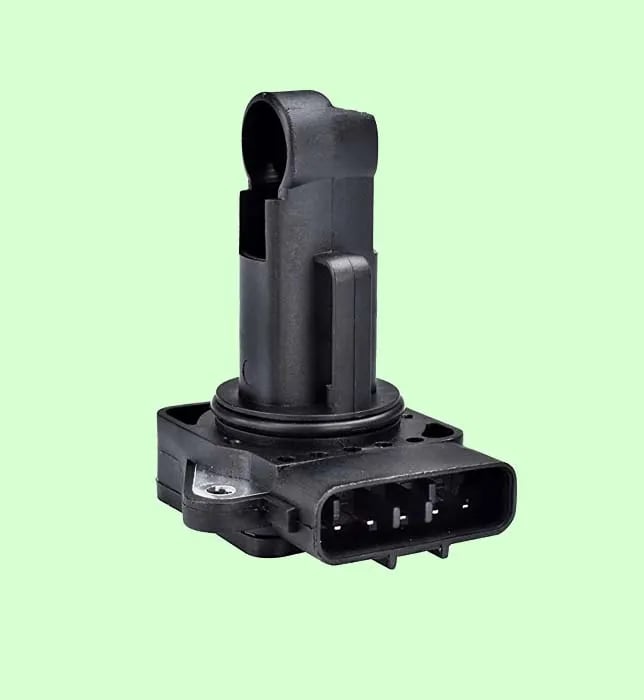
The mass air flow sensor is a key component of an engine’s fuel management system, as it is responsible for measuring the amount of air flowing into the engine. The sensor provides information that is used by the engine control unit to calculate the amount of fuel to inject into the engine. The mass air flow sensor is typically located in the air intake duct and consists of a hot wire or hot film element.
If the MAF sensor is unplugged, the ECU will not receive the correct information about how much air is flowing into the engine. This can cause several engine problems. Learn more about what happens if the car is driven while the mass air flow sensor is unplugged.
Driving With Mass Air Flow Sensor Unplugged
The vehicle should continue to run and still be able to start properly if the mass airflow sensor is disconnected. This is because the car’s computer will estimate and provide a number that it believes it should have if the mass airflow sensor does not provide a reading. This implies that if your mass airflow sensor entirely fails, your car will still function. This is because if the sensor is defective or provides a false signal, the car’s estimate as to how much air the engine actually receives may be closer to the truth, providing you with a more precise fuel mixture.
The powertrain control module (PCM), which controls the engine, transmission, and other components in your car, won’t be able to determine how much gasoline the engine requires if it doesn’t receive a suitable signal from the mass air flow sensor. This may result in the engine running too lean (with insufficient fuel) or too rich (too much fuel). An incomplete combustion process results, which can cause uneven engine operation and misfire.
The manufacturer’s recommended service intervals may not be accurate for the vehicle. Vehicle emissions tests may potentially be failed as a result. The oxygen sensor and engine computer may not also sustain long-lasting consequences as a result of this.
If you want to be safe, you should plug the Mass Airflow sensor back in since in some rare instances, operating your car without it could permanently harm the Engine Control Unit (ECU). Although relatively few people have ever done this and caused damage to their vehicles, it is still best to take precautions. The possibility of receiving a fine for tampering with emissions equipment is by far the biggest danger associated with operating a vehicle without a Mass Airflow Sensor.
In conclusion, driving without plugging the Mass Airflow sensor could ultimately result in irreparable damage to your engine control Module (ECM). Poor gas mileage and power are potential negative consequences if you choose to drive with the Mass Airflow sensor unplugged. A fine for tampering with the emissions system may be assessed if the airflow meter is left disconnected while driving.
Related Post: What Is Mass Air Flow Sensor (MAF): How It Works & Functions
Sign Up




